A fortnight ago, the new Philips Hue Ambiance Gradient Lightstrip came onto the market and caused a lot of excitement, but also a lot of questions. One question in particular has reached me frequently: How does the new lightstrip differ from the Philips Hue Play Gradient Light Strip, which has been available for a year now? I would like to give you an answer today.
The fact that the new Ambiance Gradient Lightstrip can also be used in combination with the Philips Hue Play HDMI Sync Box or with the Hue Sync software on the computer has caused confusion. However, with one restriction: the new lightstrip can only be laid straight along one side of the monitor, for example on the bottom.
Philips Hue Play Gradient Lightstrip is designed for the TV
And this is exactly the big difference to the Play Gradient Lightstrip, which is specially designed for mounting on the TV – and not only on one side. It is led from the left side around the top to the right side and thus illuminates three sides. Special mounting material is also included in the scope of delivery. There are also three models for TVs with 55, 65 or 75 inches, which differ in length from 216.5 to 304 centimetres. You can see the Play Gradient Lightstrip in the following picture.
Of course, you can also use the Play Gradient Lightstrip away from the TV, especially since Philips Hue has unlocked the gradient function in the app. However, due to the thick casing and the fact that it has no double-sided adhesive strips, this is not really recommended.
Philips Hue Play Gradient Lightstrip TV
from $249.99 / £169.99 / 199,99€
Philips Hue Ambiance Gradient Lightstrip is more like a normal light strip
This is exactly where the much more compact and flexible Philips Hue Ambiance Gradient Light Strip scores, which is very similar in form factor to the normal Philips Hue Lightstrip Plus. It can not only be glued to smooth surfaces, but also shortened or extended.
A look at the technical details is also exciting, because the Gradient Ambiance Lightstrip offers a maximum brightness of 1,800 lumens and is thus significantly brighter than the Play Gradient Lightstrip, which “only” manages 1,100 lumens.
The price, on the other hand, is not much different. The Play Gradient Lightstrip for 75-inch TVs is about 300 centimetres long and costs 229.99 euros directly from the manufacturer. For the Ambiance Gradient Lightstrip together with an extension to also reach three metres, you pay just under 210 euros.
In summary, the Philips Hue Play Gradient Lightstrip is a light strip that is specially designed for mounting behind a TV. The Philips Hue Play Ambiance Gradient Lightstrip, on the other hand, can be used flexibly like a normal lightstrip – but it is also possible to attach it to a single side of a TV or monitor.
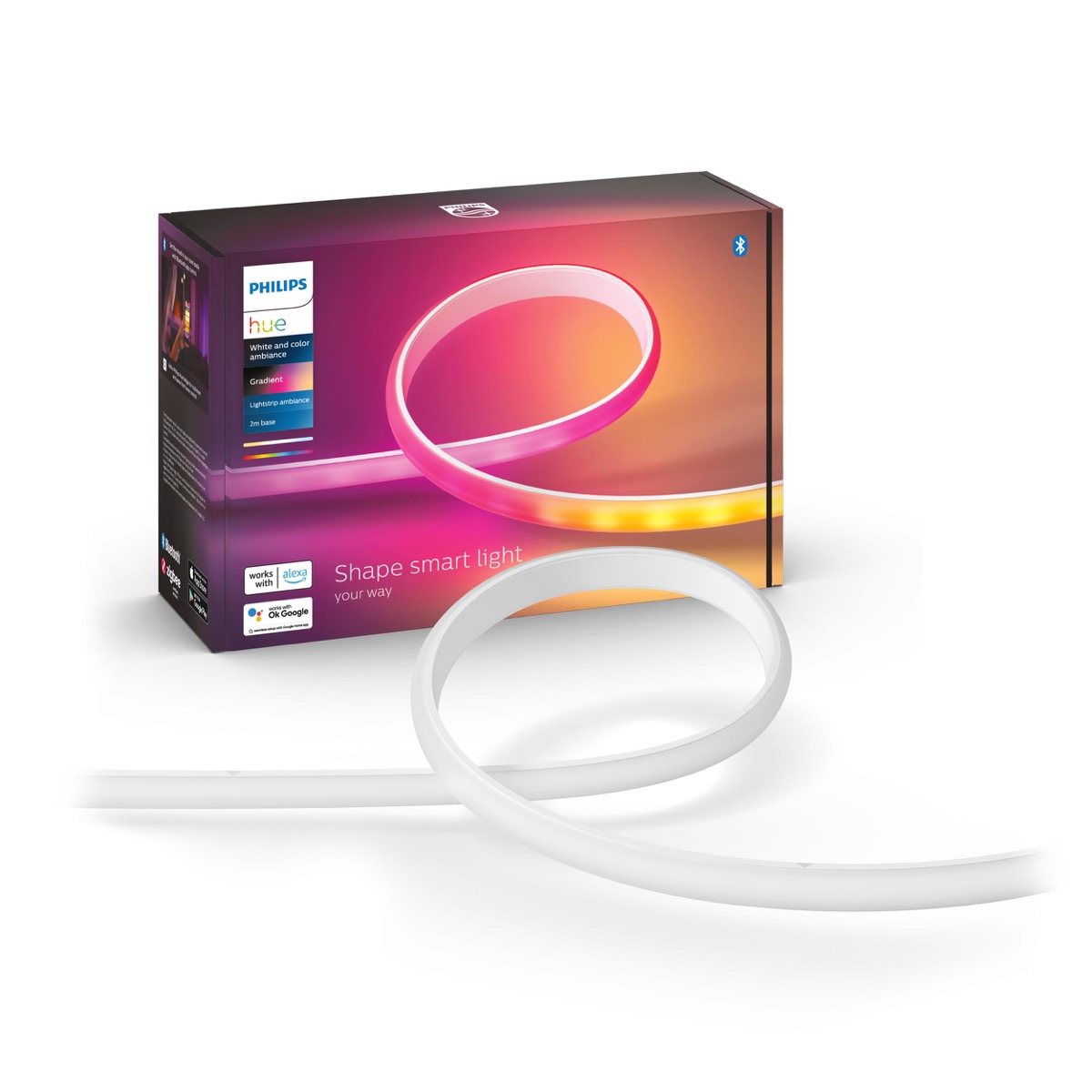
Philips Hue Ambiance Gradient Lightstrip
$179.99 / £139.99 / €159,99
Note: This article contains affiliate links. We receive a commission for purchases via these links, which we use to finance this blog. The purchase price remains unchanged for you.


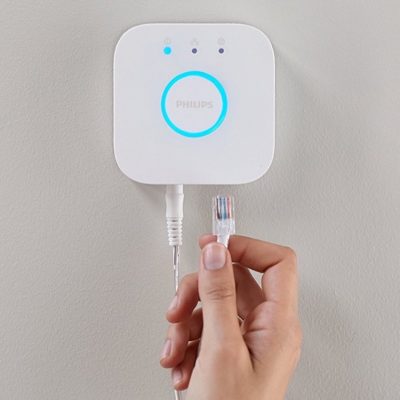
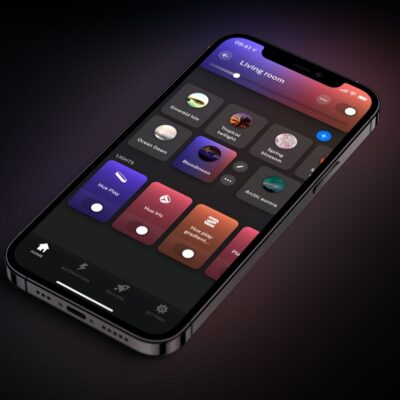
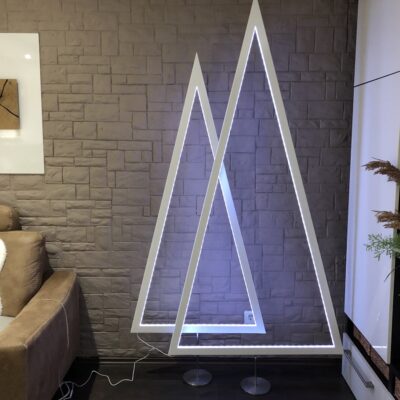
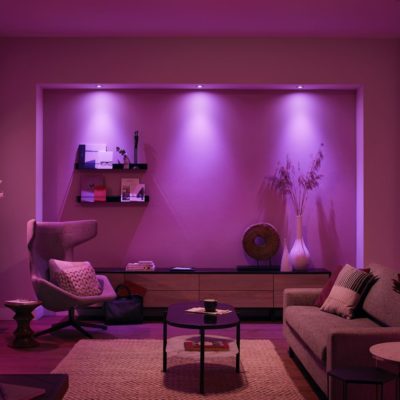
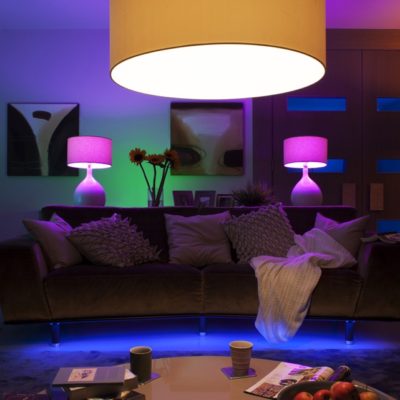
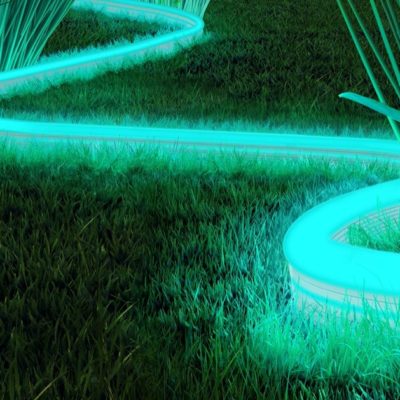
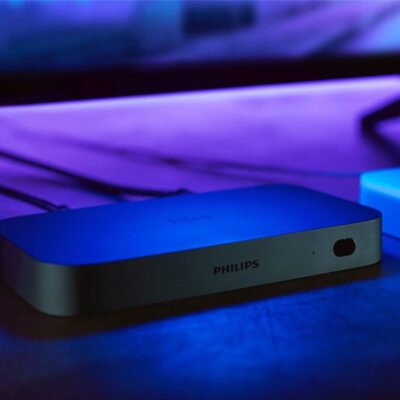

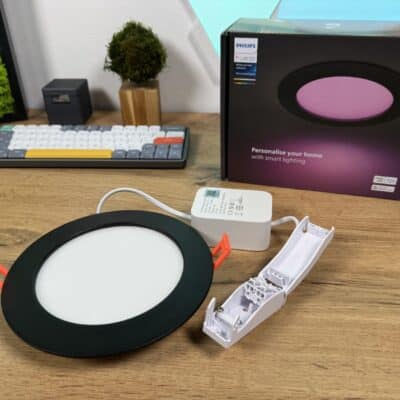
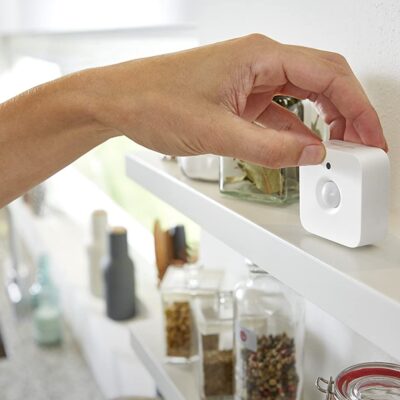
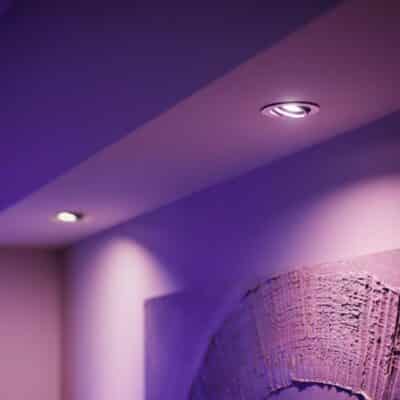
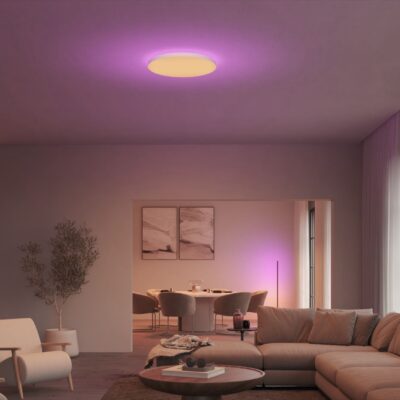

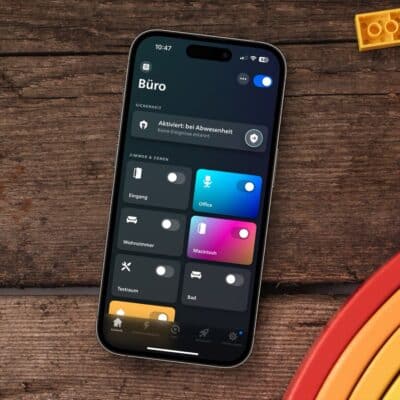
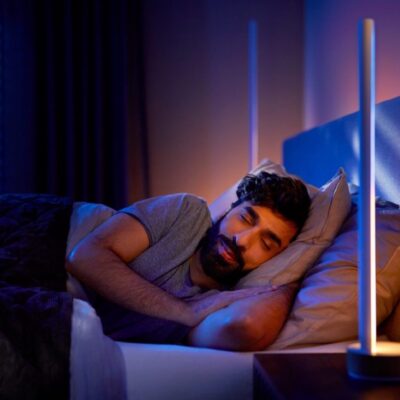
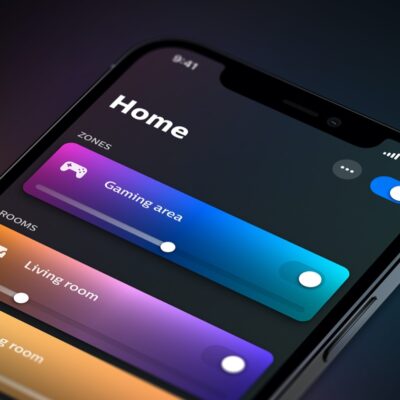
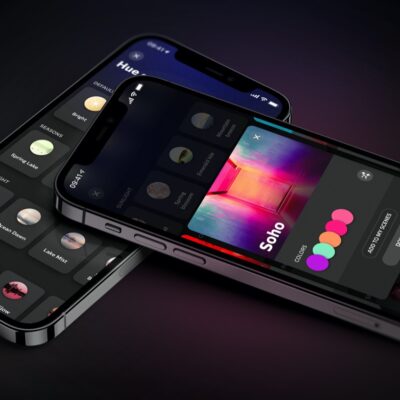

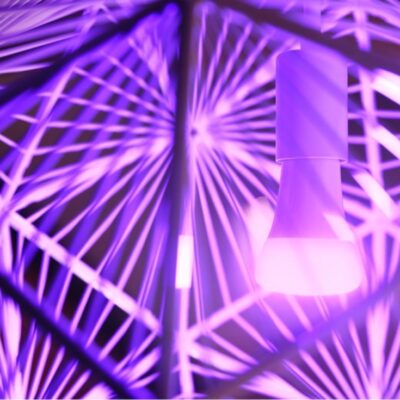
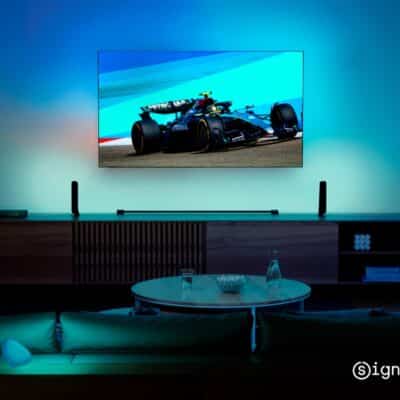
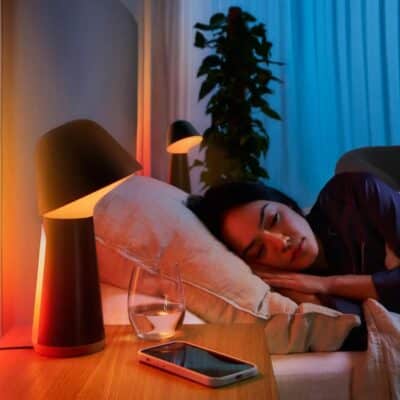
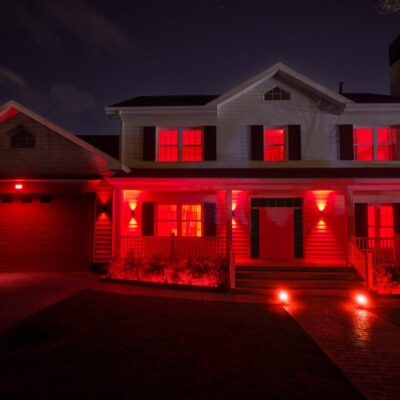

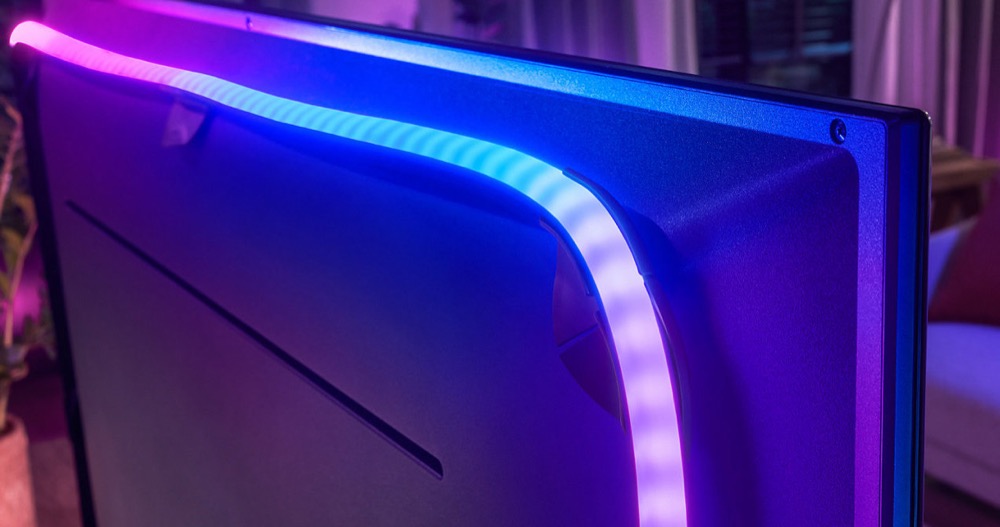
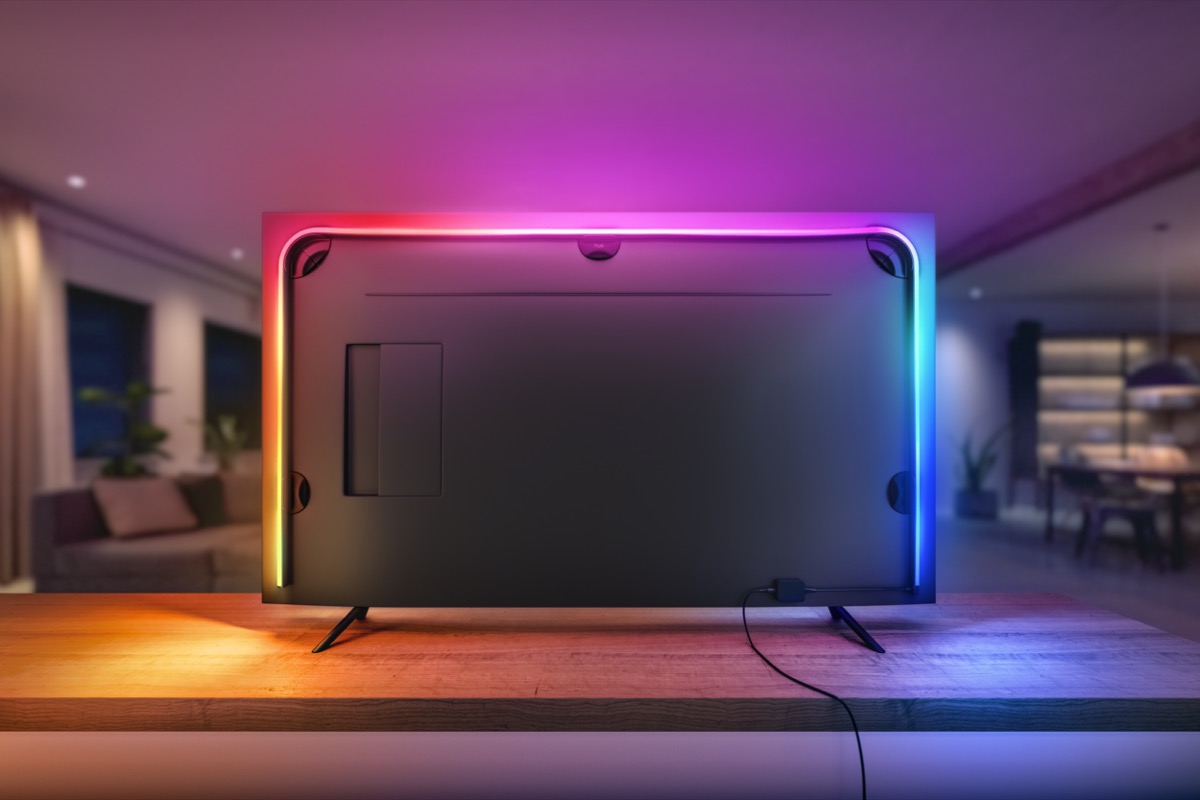
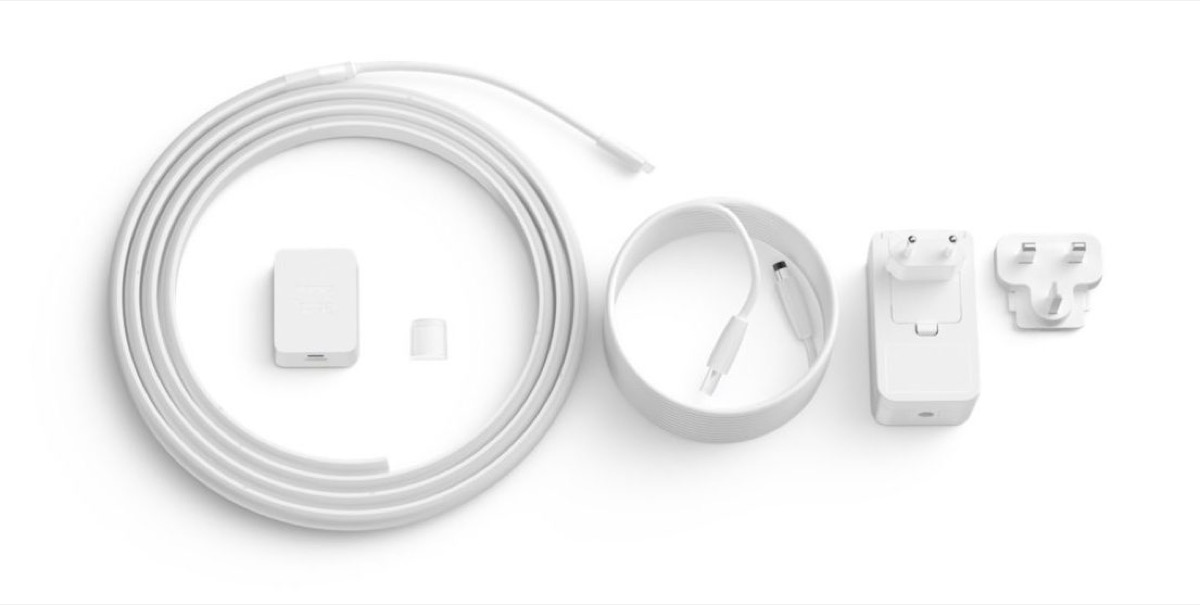
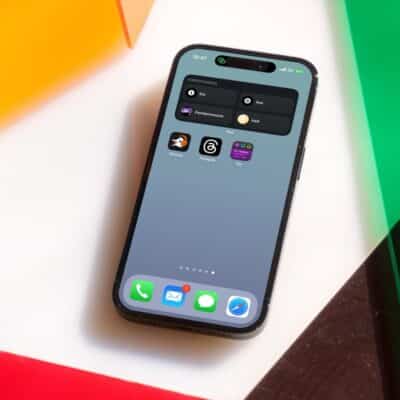


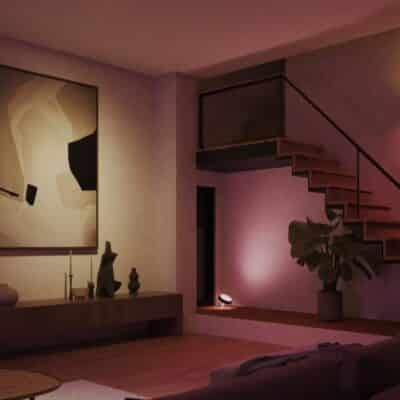
Another huge difference I’ve noticed between the two that not many have mentioned, is that the dynamic scenes still see the hue play gradient lightstrip as a single source, instead of the 3 zones like with the ambiance color gradient lightstrip. Before anyone goes off, yes you can manually designate the colors, but the dynamic scenes only display one color on then play gradient. Hopefully we see an update soon.
I think its done deliberately so that it blends in better in the room with various lamps/bulbs etc does make sense not to have a concentrated stream of 3 colors in one spot.
Out for a fortnight? Not here in the UK. Apparently Phillips Hue can’t be bothered to release it here yet.
This guy has cable for the new Gradient LightStrips so you can put the brighter version around a TV if you want.
http://lightstripsanonymous.com
Hi, can we use the Ambiance gradient lightstripe with the Play gradient lightstripe to do the bottom side of the tv ?
(To have an ambilight 4 sided)
Thanks for all the informations!